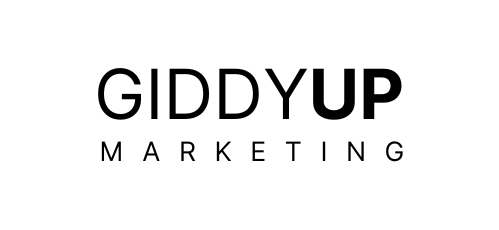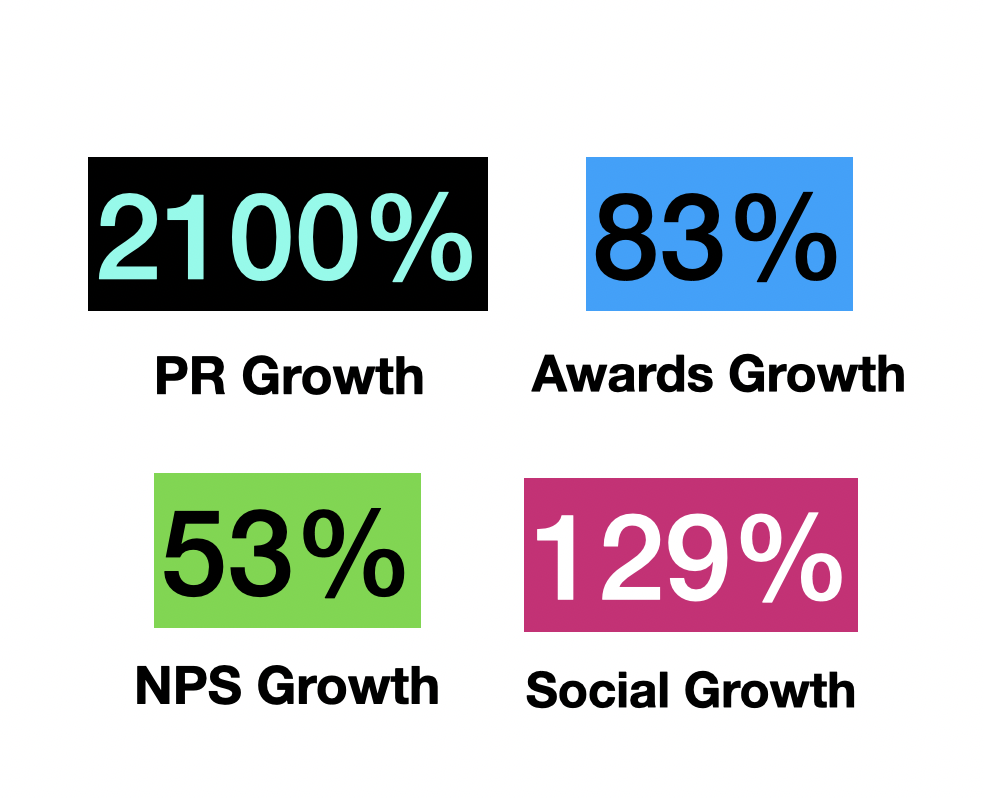5 Ways I Automated My Marketing Work (And Why Every Marketer Should Too)
The pressure to do more with less isn't new in marketing. Every marketing professional has heard this refrain countless times. But today's environment makes that old challenge look simple. We're not just being asked to do more with less anymore - we're being asked to deliver the same results with dramatically fewer resources.
Here's what I've learned: the marketers who thrive in this new reality aren't the ones working longer hours. They're the ones who've learned to multiply their impact through intelligent automation.
Over the past year, I've systematically automated core parts of my marketing workflow. The results speak for themselves: tasks that used to consume hours now take minutes, and I can focus my time on strategy rather than execution. More importantly, these aren't complex enterprise solutions that require IT support. They're practical automations any marketer can build.
1. Automated Invoice and Timesheet Generation
I track time for all my client work, but creating custom invoices and timesheets for each client was eating up 30 minutes every two weeks. The process involved exporting data from my time tracker, manually formatting it into different templates, and creating personalized documents for each client.
Now I have a Claude script that takes my time tracker output and my templates, then generates everything automatically. I upload that week's data, and it creates perfectly formatted timesheets and invoices for each client. I still review everything before sending, but the manual formatting work is completely eliminated.
The strategic insight: This might not be a lot of time, but it adds up and removes manual error. When you eliminate repetitive formatting work, you free up mental energy for more important tasks.
2. Transformed Testimonial Creation from Hours to Minutes
Creating client testimonials used to take 8-10 hours of work. The process was entirely manual: spending time thinking about the content, writing copy, editing and rewriting. Each testimonial required separate creation of HTML layouts, PDF versions, and social media graphics.
I built a testimonial template system using Claude that changed everything. Now I provide basic input, the system asks questions to fill any gaps, then automatically builds the complete testimonial package - HTML, PDF, and social graphics included. What once took a full day now takes 1-2 hours maximum.
The strategic insight: Imagine how much easier it is to tell someone the story of success and have them come up with a draft you can react to, than write it from scratch. Automation turns an occasional project into a systematic capability.
3. Built an Intelligent Lead Tracking System
Managing leads and tracking campaign performance used to be a manual nightmare of spreadsheets and guesswork. I was constantly copy-pasting data, manually tracking A/B test results, and spending hours trying to figure out which approaches were actually working.
I built a lead generation tracker and dashboard using Claude that handles everything automatically. The system includes pre-built outreach templates, automated A/B testing in the spreadsheet, and a dashboard that shows performance metrics in real-time. Depending on the actions I take, it automatically generates meeting reminders on my Google Calendar.
The strategic insight: Lead tracking isn't just about organization. It's about turning marketing from guesswork into a measurable, improvable system. When you can see what works, you can do more of it.
4. Scaled LinkedIn Outreach Across Multiple Team Members
For one of my clients, WireX Systems, I needed to expand their team's personal networks to generate leads. Manually searching for connections and sending individual requests would have been impossibly time-consuming - most users can only make 100 connection requests per week, and that requires daily login and manual work.
I implemented LinkedIn automation using Dripify across 7 team members. The system automated connection requests and follow-up sequences, generating 4,737 new connections with a 25.1% average response rate across the team. See full case study. Human interaction only happens when prospects actually respond - team members focus on real conversations and opportunities while the automation handles the initial outreach in the background.
The strategic insight: Networking at scale requires systematic approach. You can't manually build a network of thousands, but you can automate the connection process while keeping the relationship-building human.
5. Created Complete Content Marketing Campaigns from Industry Reports
When industry reports are published, there's usually a brief window to capitalize on the insights before the conversation moves on. But turning a dense industry report into a complete content marketing campaign used to take weeks of work.
I leveraged the SANS 2025 SOC Survey for my client WireX Systems by using Claude to analyze the full report and create a comprehensive blog post following a specific format. Then I had Claude develop a complete social media promotion plan with individual posts for each key finding. I also utilized Canva to build a template and created corresponding graphics for each social post, complete with posting schedules.
The strategic insight: Previously, creating complete content campaigns would have likely involved three different people: a copywriter to create the blog content, a social media manager to create posts with hashtags and schedule everything, and a graphic designer to create all the graphics. The coordination alone adds substantial time and complexity. What may have taken a team 15-20 hours to execute can now be done in a quarter of the time by one person.
Why This Matters More Than Personal Productivity
But this isn't about blindly accepting AI output. What matters is a marketer's strategic and critical thinking. Do you catch inconsistencies and question Claude's recommendations? Claude makes mistakes. Do you take the output as gospel, or do you question the order of the recommendations and the logic behind them? The skill is in knowing what to automate, how to prompt effectively, and when the output needs human judgment.
The Skills That Will Define the Future
The most successful marketers in this new environment won't be defined by their ability to execute tactics. They'll be defined by their ability to:
Design Systems That Scale: Every task you do more than once should have a system. Every system should be documented and improvable.
Combine Strategic Thinking with Technical Implementation: You don't need to be a developer, but you need to understand how tools work and how to connect them intelligently.
Focus on Outcomes, Not Activities: Automation makes it possible to generate lots of activity quickly. The skill is knowing which activities actually drive results.
Getting Started: Your Next Steps
The barrier to entry for marketing automation is lower than ever. You don't need enterprise software or IT support. You need curiosity, willingness to experiment, and the recognition that your time is better spent on strategy than repetitive tasks.
Start with one task you do repeatedly. Map out the steps. Then ask yourself: what parts of this could be automated? If you're new to prompt engineering, consider taking a structured course - I completed the AI Prompt Engineering course from Vanderbilt University, which gave me the confidence to build my own automation tools. Begin there. Build one workflow that works, then expand to the next task.
The future belongs to marketers who can multiply their impact through intelligent automation. The question isn't whether this shift will happen - it's already happening. The question is how quickly you'll adapt.
Ready to multiply your marketing impact while working fewer hours? Let's start with a conversation about where automation could have the biggest impact.

 By
By


